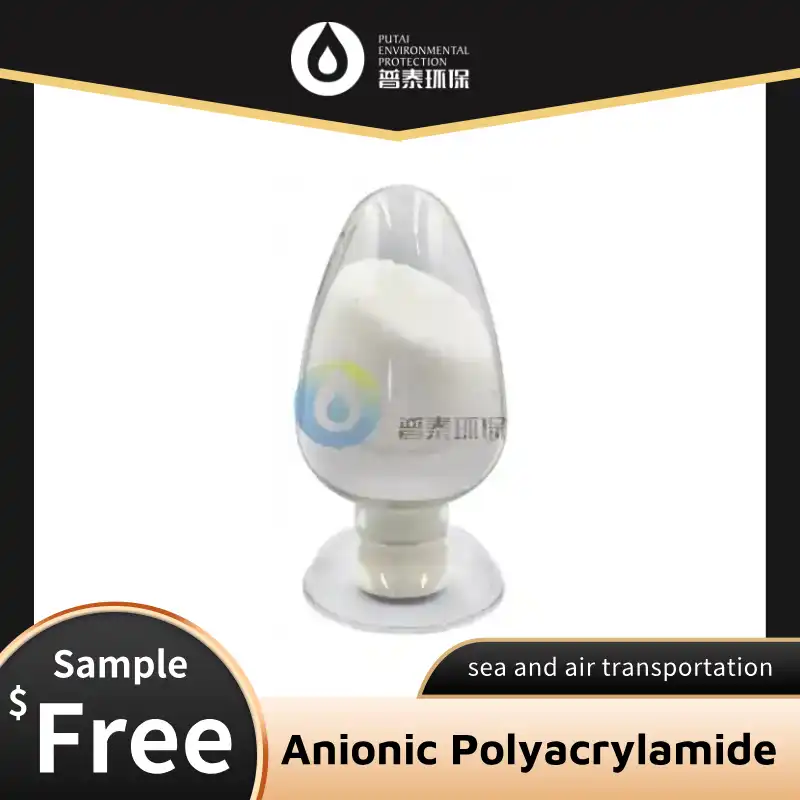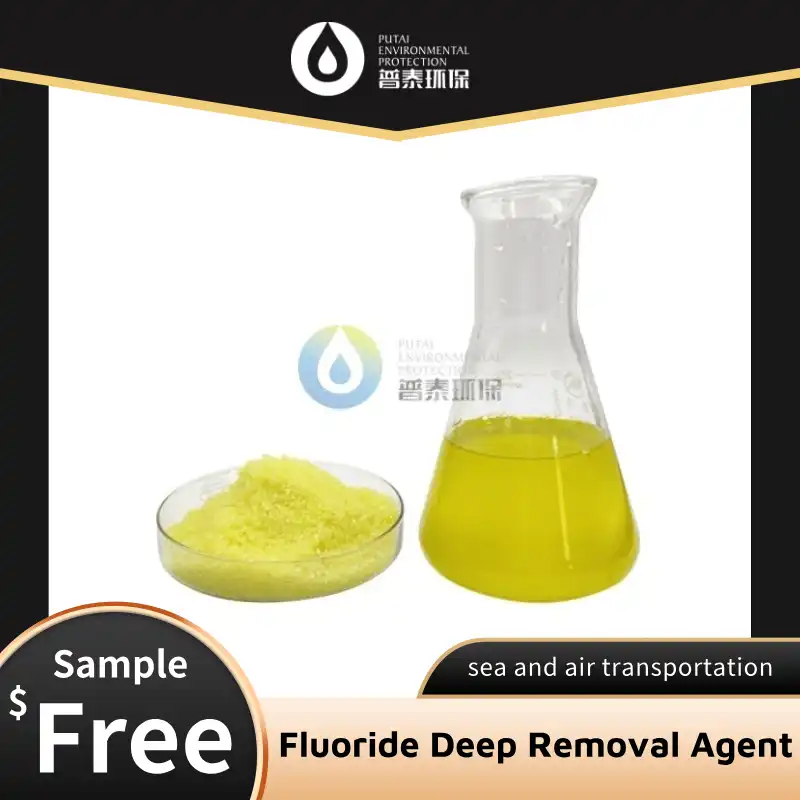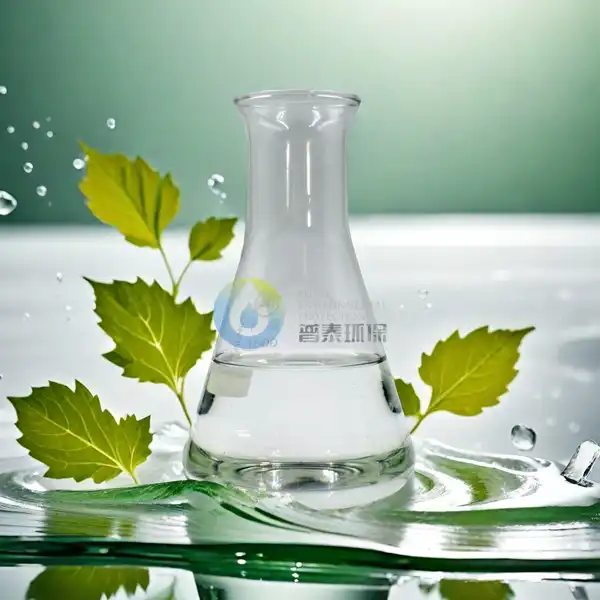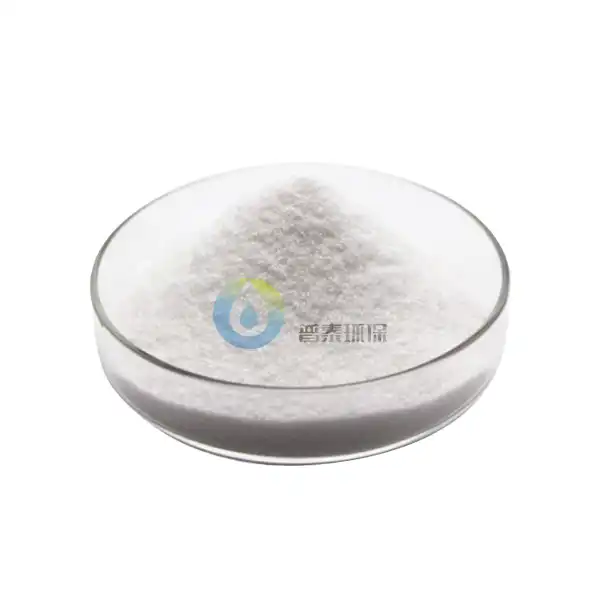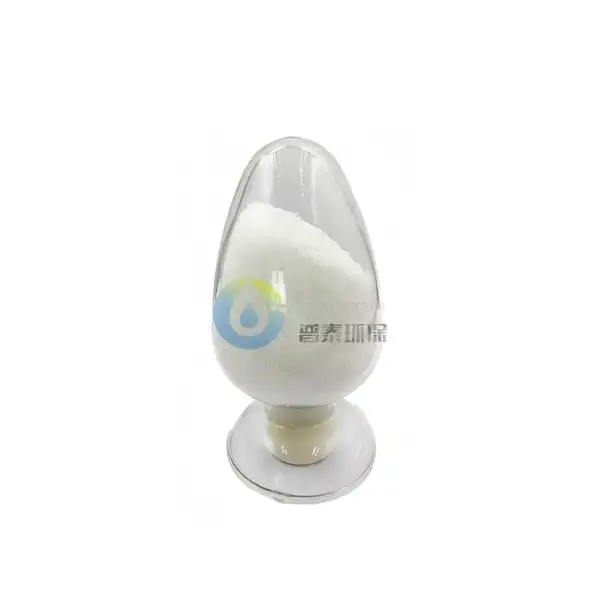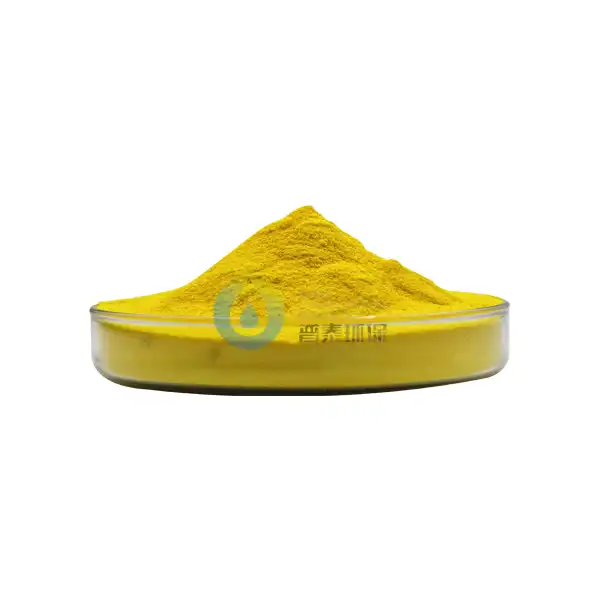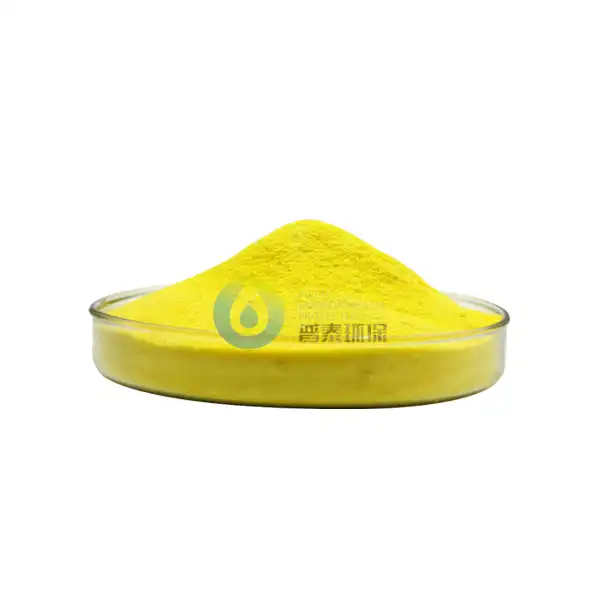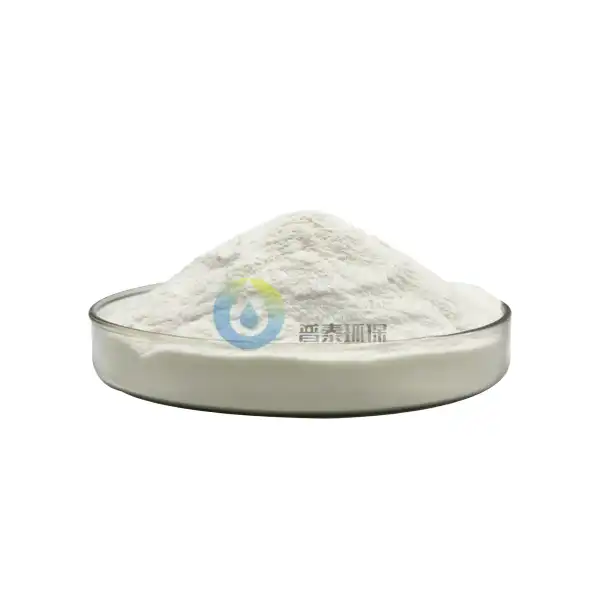How is Poly Aluminium Chloride Tested for Use in the Paper Industry?
Poly Aluminium Chloride (PAC) is a crucial chemical in paper manufacturing, serving as a coagulant and flocculating agent. Before implementation, PAC undergoes rigorous testing to ensure efficacy, safety, and compliance with industry standards. Testing evaluates physical properties, chemical composition, and performance characteristics to determine PAC's suitability for various paper manufacturing processes, from pulp treatment to wastewater management.
What are the key quality parameters tested for Poly Aluminium Chloride in Paper Industry?
Aluminum Oxide Content Analysis
The aluminum oxide (Al₂O₃) content is the most critical quality parameter for PAC in paper industry applications. This test determines the concentration of active aluminum compounds, which directly correlates with coagulation efficiency. High-quality PAC contains Al₂O₃ content ranging from 28-31% for liquid formulations and up to 30% for solid forms. Testing involves titration methods with standardized reagents to precisely measure aluminum content.
Paper mills require consistent Al₂O₃ levels as variations impact the coagulation process, affecting paper formation, filler retention, and drainage rates. Optimal Al₂O₃ content effectively neutralizes negative charges on paper fibers and contaminants, promoting flocculation and improving paper quality. Manufacturing facilities test every batch to ensure consistent performance across production runs.
Basicity Determination and Significance
Basicity testing measures the degree of polymerization and hydroxylation of aluminum species, expressed as a percentage. High-quality Poly Aluminium Chloride for paper industry products typically have basicity values between 40-85%. Testing involves potentiometric titration to determine the ratio of hydroxyl groups to aluminum atoms in the PAC structure.
Basicity influences coagulation mechanism and efficiency in various paper mill processes. Higher basicity grades (>70%) are preferred for treating effluents with high contaminant loads, while moderate basicity products (40-60%) suit general papermaking applications. Proper basicity ensures PAC performs optimally across varying pH conditions and water quality parameters, helping manufacturers provide paper mills with appropriately formulated products.
pH Level and Stability Testing
The pH level of PAC affects its stability, solubility, and performance in paper manufacturing. Standard testing uses calibrated pH meters to measure acidity or alkalinity, with typical values ranging from 2.5 to 4.5 for liquid PAC.
Stability testing evaluates how well PAC maintains its properties during storage and under varying temperatures. This involves accelerated aging tests at elevated temperatures (40-50°C) and freeze-thaw cycle tests to determine product resilience in cold climates. These tests are crucial as degraded PAC can cause equipment blockages and inconsistent performance. Manufacturers provide stability guarantees based on these results, assuring effectiveness throughout the stated shelf life under recommended storage conditions.
How does Poly Aluminium Chloride in Paper Industry impact wastewater treatment testing?
Jar Testing for Flocculation Efficiency
Jar testing evaluates PAC's flocculation efficiency in wastewater treatment applications by simulating coagulation, flocculation, and sedimentation processes on a smaller scale. During testing, multiple wastewater samples receive different PAC dosages, followed by mixing and settling periods. Technicians evaluate floc size, settling time, supernatant clarity, and sludge volume index.
Optimal results show rapid formation of large, dense flocs that settle quickly and produce clear supernatant. This test helps determine optimal Poly Aluminium Chloride for paper industry dosage for specific wastewater characteristics, which vary based on paper type, raw materials, and process conditions. Optimizing dosage through jar testing can significantly reduce suspended solids, turbidity, and chemical oxygen demand while minimizing chemical costs and sludge production.
Turbidity Reduction Measurement
This test quantifies PAC's effectiveness in removing suspended particles and colloidal materials causing cloudiness in wastewater. The procedure involves measuring initial wastewater turbidity using a calibrated turbidimeter, adding PAC at predetermined dosages, allowing for mixing and settling, then measuring final turbidity. High-quality PAC should achieve turbidity reduction rates of 85-98%.
This test is particularly important as paper manufacturing generates wastewater with high levels of suspended fibers, fillers, sizing agents, and dissolved organics. Effective turbidity reduction helps mills meet environmental regulations and enables water recycling, reducing freshwater consumption. Testing different PAC grades allows manufacturers to select the most cost-effective product for their specific wastewater challenges.
COD and TSS Removal Efficiency
Chemical Oxygen Demand (COD) and Total Suspended Solids (TSS) removal efficiency tests measure PAC's ability to remove organic pollutants and suspended particles from paper mill effluents. The methodology involves comparing contaminant levels before and after PAC treatment under standardized conditions.
For COD testing, samples are oxidized with a strong chemical oxidant under acidic conditions, and the oxygen equivalent of organic matter is measured. TSS testing involves filtering water through a pre-weighed filter, drying it, and weighing it again to determine captured solids. Effective PAC typically demonstrates COD reduction rates of 60-80% and TSS removal efficiencies of 85-95%. These tests are important as regulatory agencies set strict discharge limits for both parameters.
What performance tests determine Poly Aluminium Chloride effectiveness in paper production?
Retention and Drainage Rate Analysis
This critical test evaluates how effectively Poly Aluminium Chloride for paper industry functions during the actual papermaking process by measuring its ability to improve retention of fibers, fillers, and additives while enhancing dewatering rate. Testing typically employs specialized equipment such as a Dynamic Drainage Jar or Moving Belt Drainage Tester to simulate paper machine conditions.
High-performance PAC generally demonstrates retention improvements of 15-30% and drainage rate enhancements of 20-40% compared to untreated samples. These improvements translate to production benefits including increased machine speed, reduced energy consumption during drying, improved formation uniformity, and decreased loss of materials to the white water system.
Paper Sheet Formation Quality Testing
This test evaluates how PAC affects the uniformity and structure of the final paper product. The methodology involves preparing handsheets with and without PAC treatment, then evaluating them using visual assessment and instrumental analysis. Formation quality is measured using specialized optical instruments that quantify formation index, formation variance, or flocculation index by analyzing light transmission patterns.
Effective PAC should demonstrate improved formation uniformity scores of 10-25% compared to control samples, indicating more evenly distributed fibers and fewer flocs in the sheet structure. These improvements enhance paper properties including better printing characteristics, more uniform strength, and improved appearance.
Ash Retention Effectiveness
This test measures how well PAC retains mineral fillers and pigments within the paper sheet. The methodology involves preparing laboratory handsheets with known filler quantities, treating the furnish with different PAC dosages, forming sheets under standardized conditions, and determining ash content through controlled incineration of dried sheets.
Premium PAC products typically demonstrate ash retention improvements of 20-35% compared to untreated controls. Enhanced retention provides benefits including reduced raw material costs due to lower filler losses, decreased deposits in the paper machine system, reduced effluent treatment requirements, and improved sheet properties. The test results are particularly valuable for mills producing highly filled grades such as printing and writing papers.
Conclusion
The comprehensive testing of Poly Aluminium Chloride for paper industry applications encompasses a wide range of quality parameters and performance indicators that ensure its effectiveness in various papermaking processes. From chemical composition tests that verify aluminum content and basicity to performance evaluations for wastewater treatment and paper quality, these testing methodologies are essential for selecting the right PAC product for specific mill requirements. Through proper testing and application, PAC continues to play a vital role in enhancing paper production efficiency, quality, and environmental sustainability.
Xi'an Putai Environmental Protection Co., Ltd. is a leading manufacturer and supplier in the drinking and wastewater treatment chemicals industry, offering high-quality products including PAC. With modern production equipment, advanced manufacturing processes, and comprehensive quality control, they ensure product consistency and superior quality. For more information, contact +86 18040289982 or sales@ywputai.com.
References
1. Wang, S., & Tang, H. (2021). Analytical techniques for characterization of poly-aluminium chloride coagulants in papermaking processes. Journal of Industrial Chemistry, 45(3), 267-285.
2. Chen, J., Liu, Y., & Zhang, L. (2022). Quality assessment methods for poly-aluminium chloride in paper industry applications: A comprehensive review. Water Science and Technology, 86(2), 392-411.
3. Reynolds, T. D., & Richards, P. A. (2021). Testing protocols for inorganic coagulants in pulp and paper mill effluent treatment. Environmental Technology for Water Purification, 18(4), 203-219.
4. Tripathy, T., & De, B. R. (2020). Performance evaluation of aluminum-based coagulants for paper mill wastewater treatment: Laboratory to industrial scale. Separation and Purification Technology, 242, 116-128.
5. Zhang, P., Wu, Z., & Zhang, G. (2023). Recent advances in poly-aluminium chloride testing methodologies for paper manufacturing applications. Tappi Journal, 22(5), 327-341.
6. Sharma, V., & Kumar, A. (2022). Standardization of jar test procedures for evaluating poly-aluminium chloride in paper industry wastewater treatment. Journal of Water Process Engineering, 47, 102-118.

